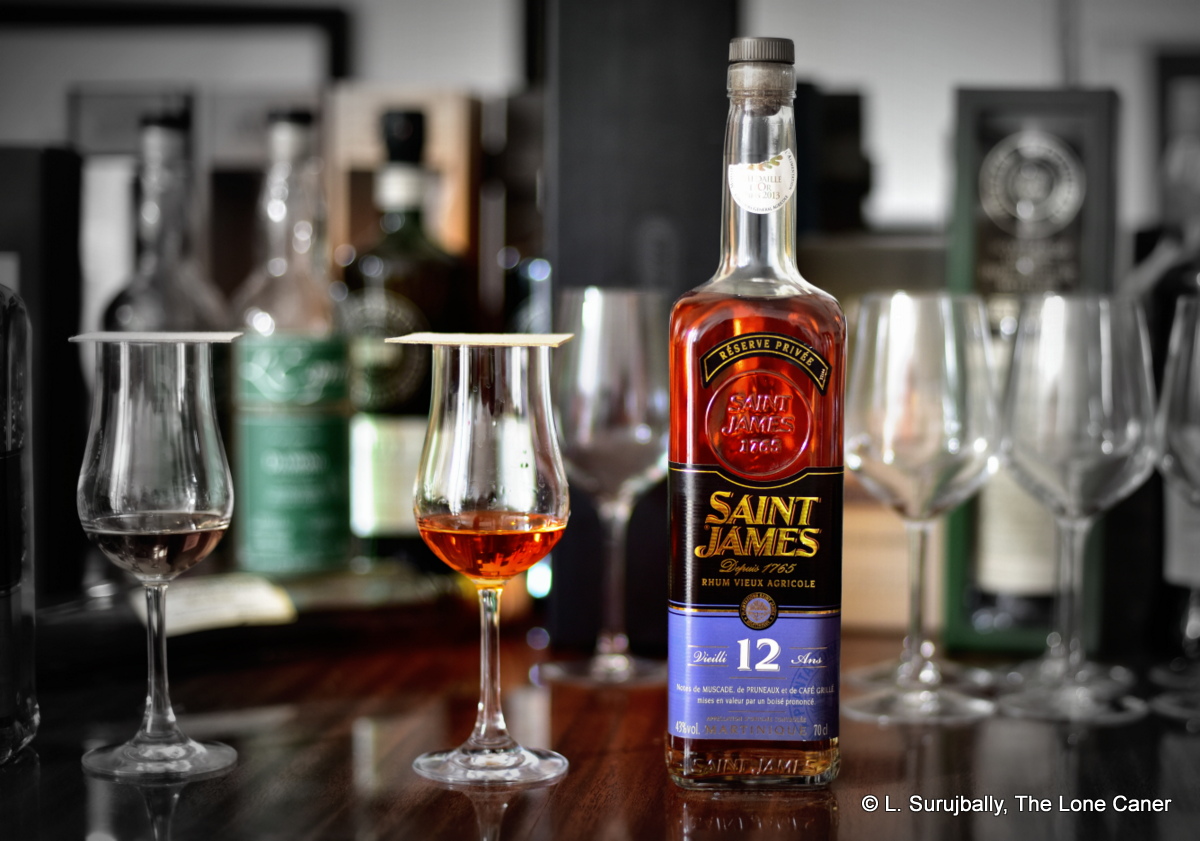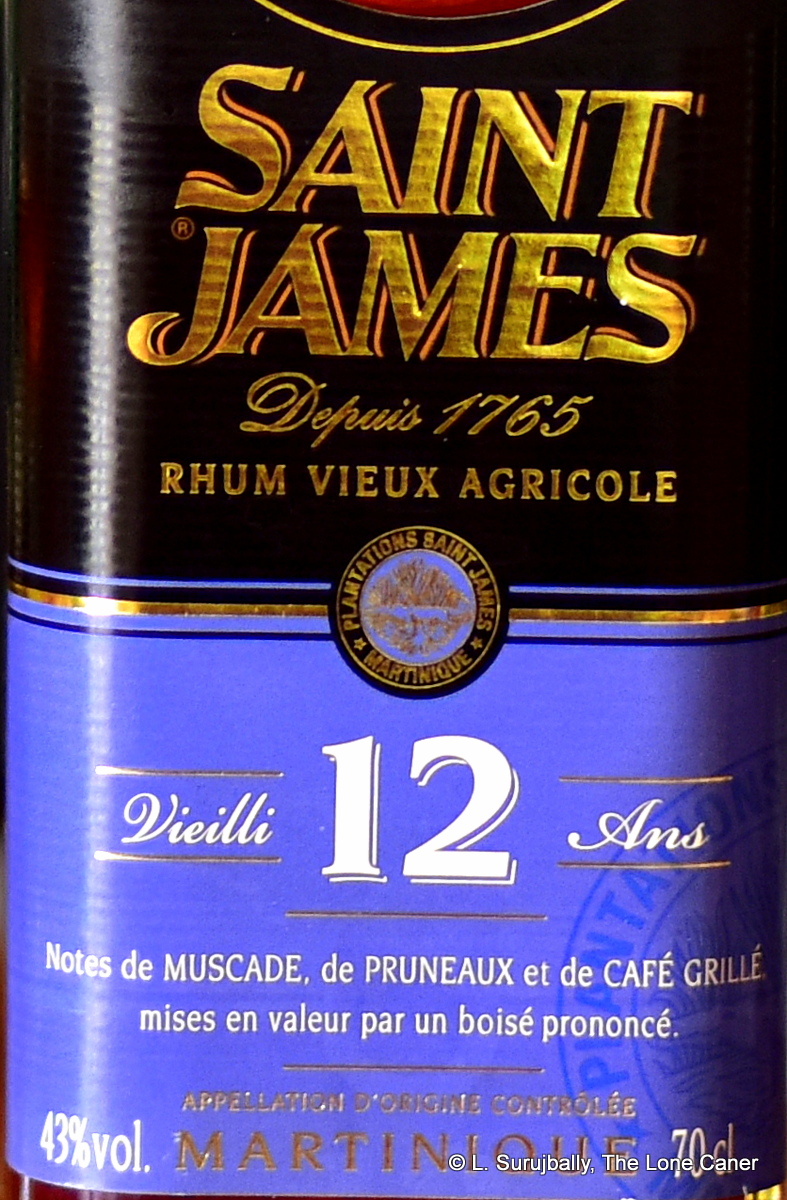
After more than a decade of sampling rums from around the world, Martinique remains one of those islands to whose myriad distilleries I keep returning. Yet sometimes, when I remark on my liking for them, it’s a 50-50 chance that people wonder what I’m talking about (or why). But no list of Key Rums could possibly be complete without examples from that island, and the real issue is not so much that there has to be one (because there are many worthy candidates), as which it could possibly be and which one to start with when there’s so much choice available.
What I believe gets in the way of agricole rhums’ wider understanding and acceptance – especially in the USA – is a combination of price, low cost tabletop rum dominance (like Bacardi), that crazy distribution system they have over there (and an equally silly one in Canada), and a general unfamiliarity with the taste. These issues lead to a lack of experience with agricoles as a whole, a dissatisfaction with the (slightly higher) price, and that oft repeated sniff-and-grumble, about how they all seem to be the same.
In response I usually point to Neisson, with that subtle, oily, oddly tequila-like profile of its rhums, or Saint James’s pot still white. And such rhums exemplify what I like about the wide, wild variety to be found on Martinique – Neisson, as described, Clement with its classical clean and almost austere profiles, and the solid and romantic quality of Saint James. There are others I’ve enjoyed over the years, of course – Trois Rivieres, Depaz, La Favorite, and others – but when casting around for the first candidate from Martinique to include as a Key Rum, it was to these that my mind turned, and eventually at Saint James that it halted.
Saint James makes four rums as part of its regular aged lineup: the 7, 12 and 15 year old aged rums, and the white Fleur de Canne. They make many others – millesimes, special editions, XOs, etc, (and we should never forget that amazing pot still white which will remain a perennial favourite of mine) – but for the person who wants to dive in to an appreciation of the distillery’s heart, certainly the four regulars I mention deserve to be tried first, and for the price, I think they offer among the very value-for-money “suitcase rums” anyone could ask for. And when one has to somehow chose among them for the best intersection of utility, taste, price, quality and enjoyment, I believe, in my heart, that the Saint James 12 Year old is the one to get.
 To some extent, it has a lighter nose than the luscious 7 year old we looked at recently (though both are made on a creole still from cane juice, and are of the same strength, 43% ABV, similarly aged in ex bourbon casks), and it seems a little more precise, more dialled in, each note clear and distinct. There is the same deep fruity notes of ripe mangoes, peaches, vanilla, ripe cherries, and a prune or two. It manages that peculiar trick of smelling slightly sweet without actually presenting as cloying or overripe. Indeed, lighter hints of flowers and white, watery fruit come out to balance the fleshy fruits very nicely with guavas and pears, to which, after some time, one can sense honey and wax and a dusting of coffee grounds.
To some extent, it has a lighter nose than the luscious 7 year old we looked at recently (though both are made on a creole still from cane juice, and are of the same strength, 43% ABV, similarly aged in ex bourbon casks), and it seems a little more precise, more dialled in, each note clear and distinct. There is the same deep fruity notes of ripe mangoes, peaches, vanilla, ripe cherries, and a prune or two. It manages that peculiar trick of smelling slightly sweet without actually presenting as cloying or overripe. Indeed, lighter hints of flowers and white, watery fruit come out to balance the fleshy fruits very nicely with guavas and pears, to which, after some time, one can sense honey and wax and a dusting of coffee grounds.
The palate follows along from this profile, mixing light and deep tastes in a not-too-sweet and juicy parade of mutually supporting flavours: dried fruits, raisins, grapes, guavas, ripe apples and prunes. The secondary, clearer notes of flowers and aromatic tobacco integrate well with the darker ones, providing a little bit of each, nothing in excess. In the review of the 7 year old I remarked that the grassy lightness we associate with agricole rhums was almost completely absent – here, it starts to be somewhat more evident, though still in the background and its real moment in the sun comes at the close: this ends the tasting with a surprisingly long, fruity and dry aromatic finish that somehow doesn’t brake the experience so much as goose the accelerator mischievously one last time, just to show you it can.
This is a rum that is a step up from the 7 year old but also, something of a different one. The extra ageing showed its influence, the blend is a bit better – actually, I’d love to see what a few extra points of strength might achieve with this thing. But never mind. It is a really good dram and the only surprise about it is why it’s not better known. What the 12 year old does so well, is press all buttons of our appreciation simultaneously. The Coeur de Chauffe white is the most original rum of its kind Saint James makes (in my opinion at least); the 15 is the best in overall quality and taste, and the 7 year old is good quality for money since it’s also the cheapest….but it’s just that the 12 does them all so very well, at a level high enough to make it a must-have.
You see, it’s in aggregate of the things we look for, that it comes into its own: good enough to sip, distinct enough to mix, affordable enough to buy, and all-round good enough to give as a gift without shame or apology (or to keep, for the same reasons). By making this rum, Saint James takes agricoles in an interesting, slightly offbeat and distinctive-to-the-distillery direction, and demonstrates that with skill and experience and perhaps just the simple delight in making rhum, that high-grade magic for the masses can be made in a way that doesn’t break the bank. Any rum that can do all these things at once is a keeper…and a Key Rum for sure.
(#721)(85/100)